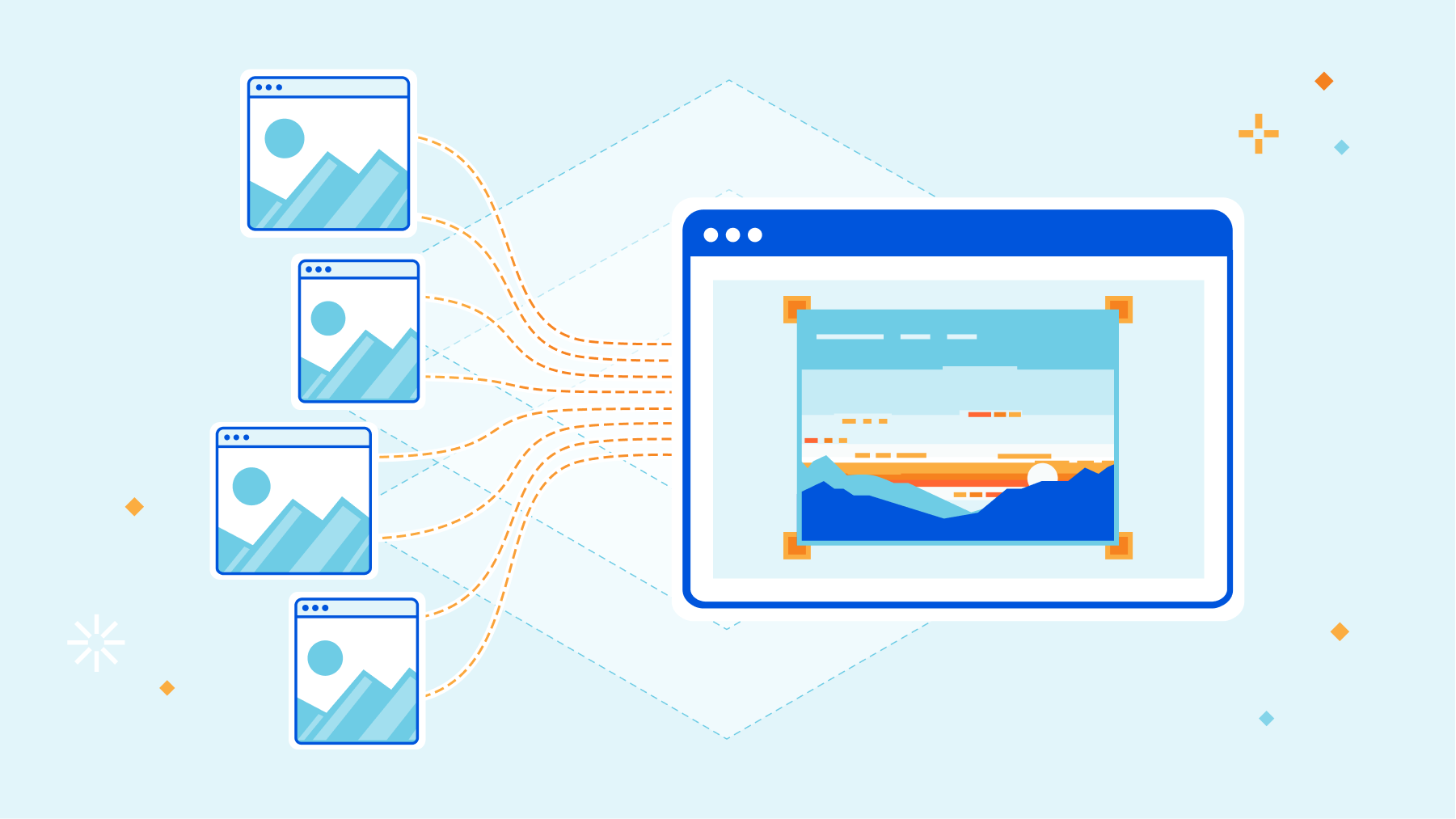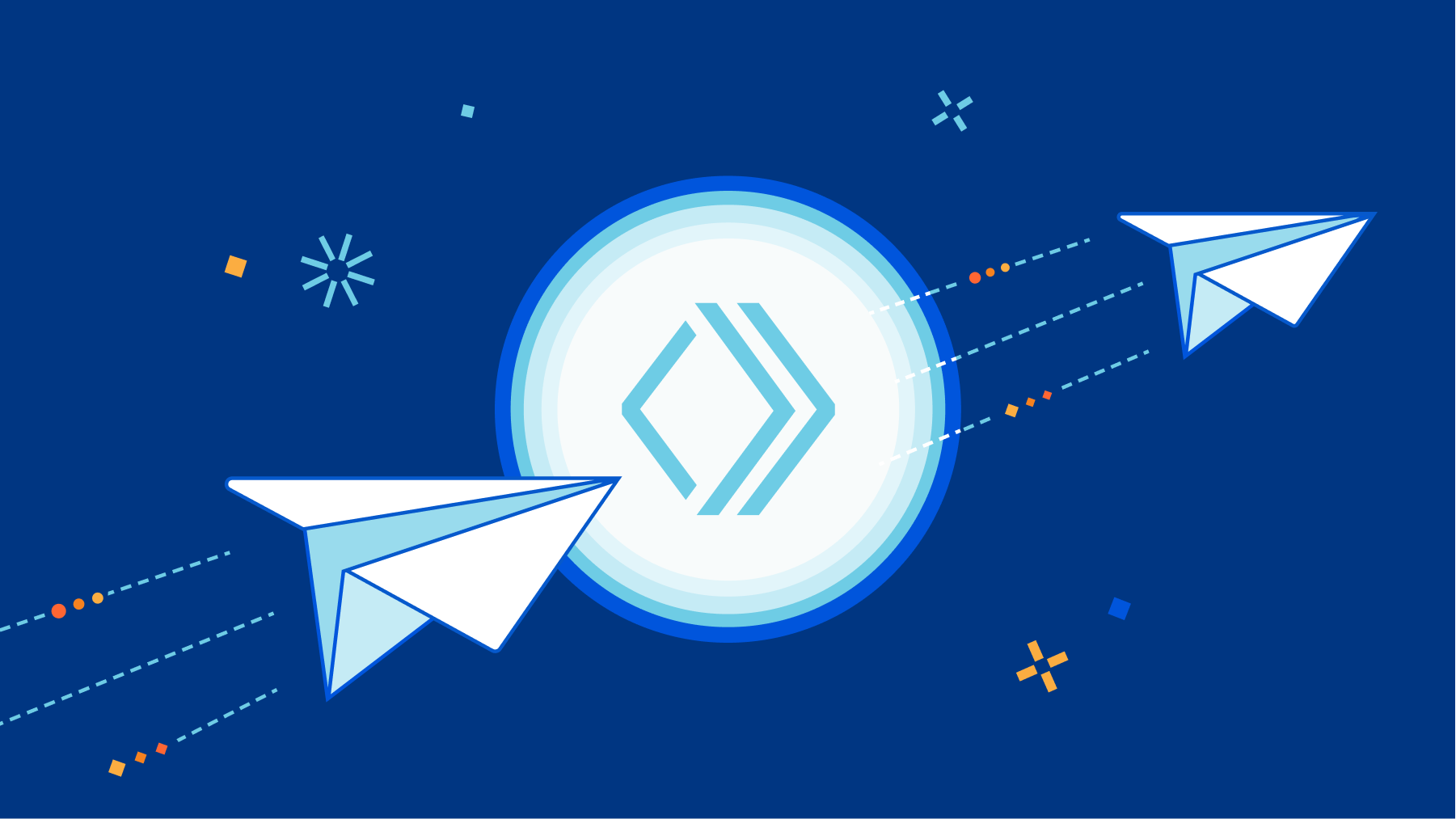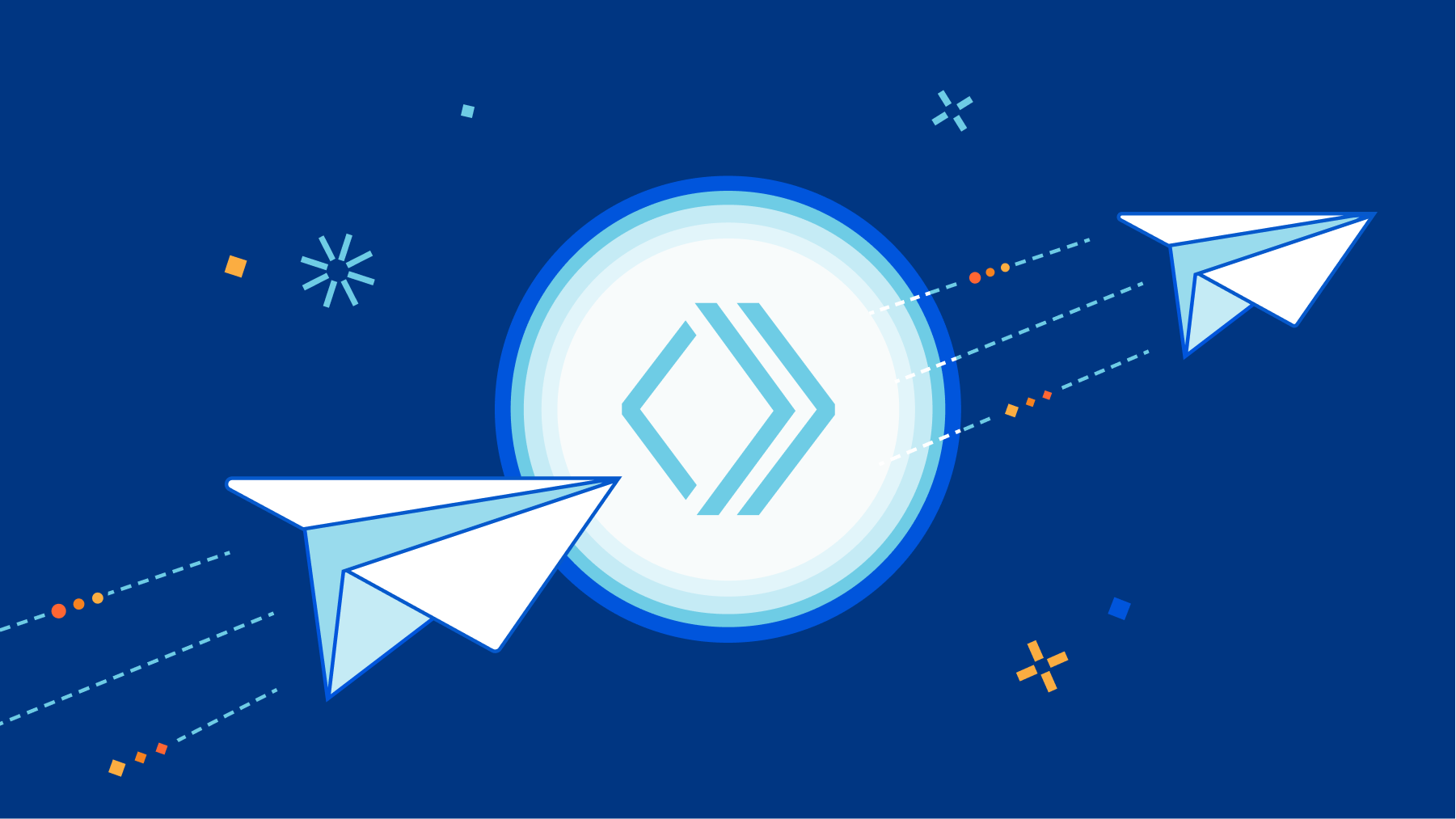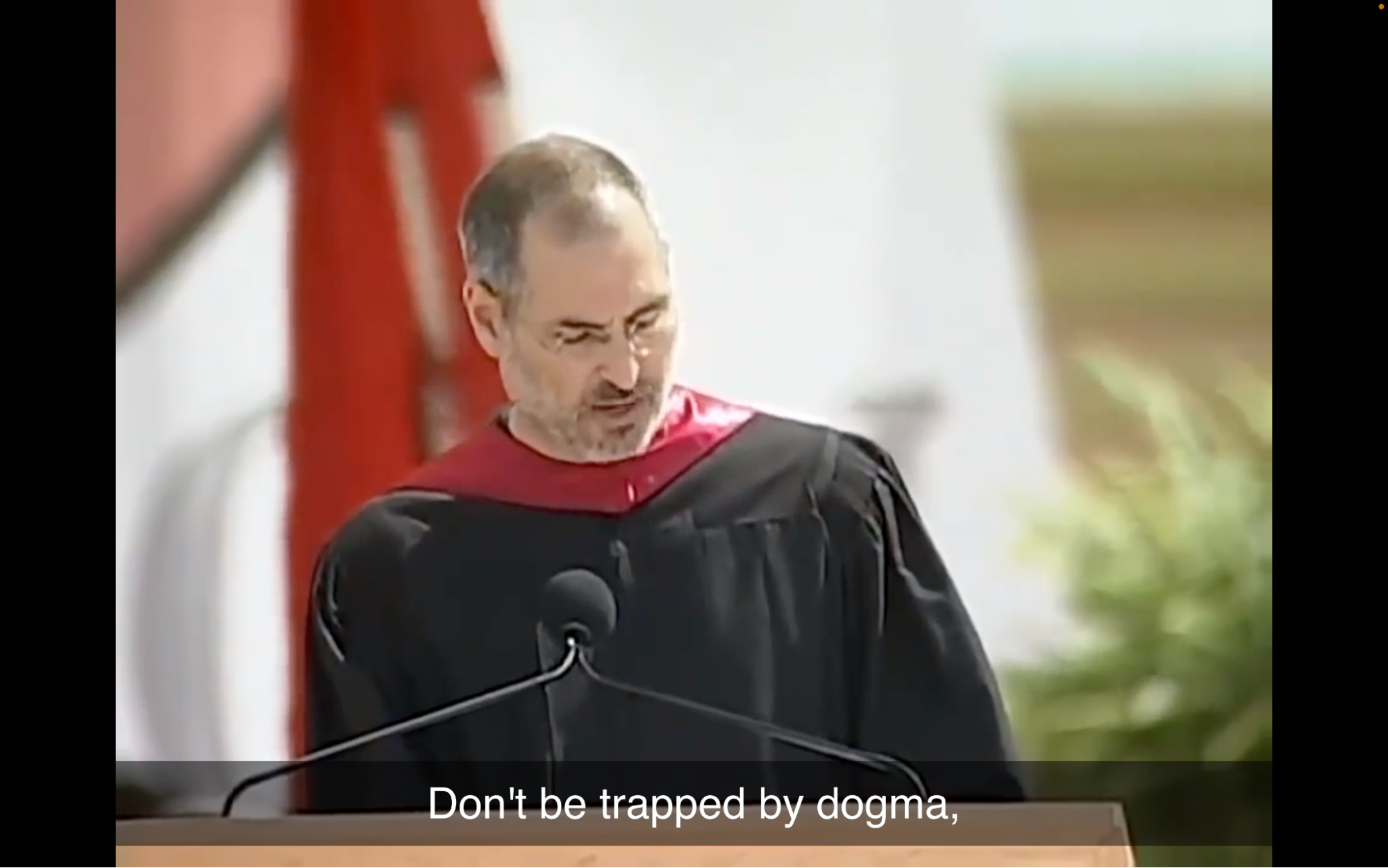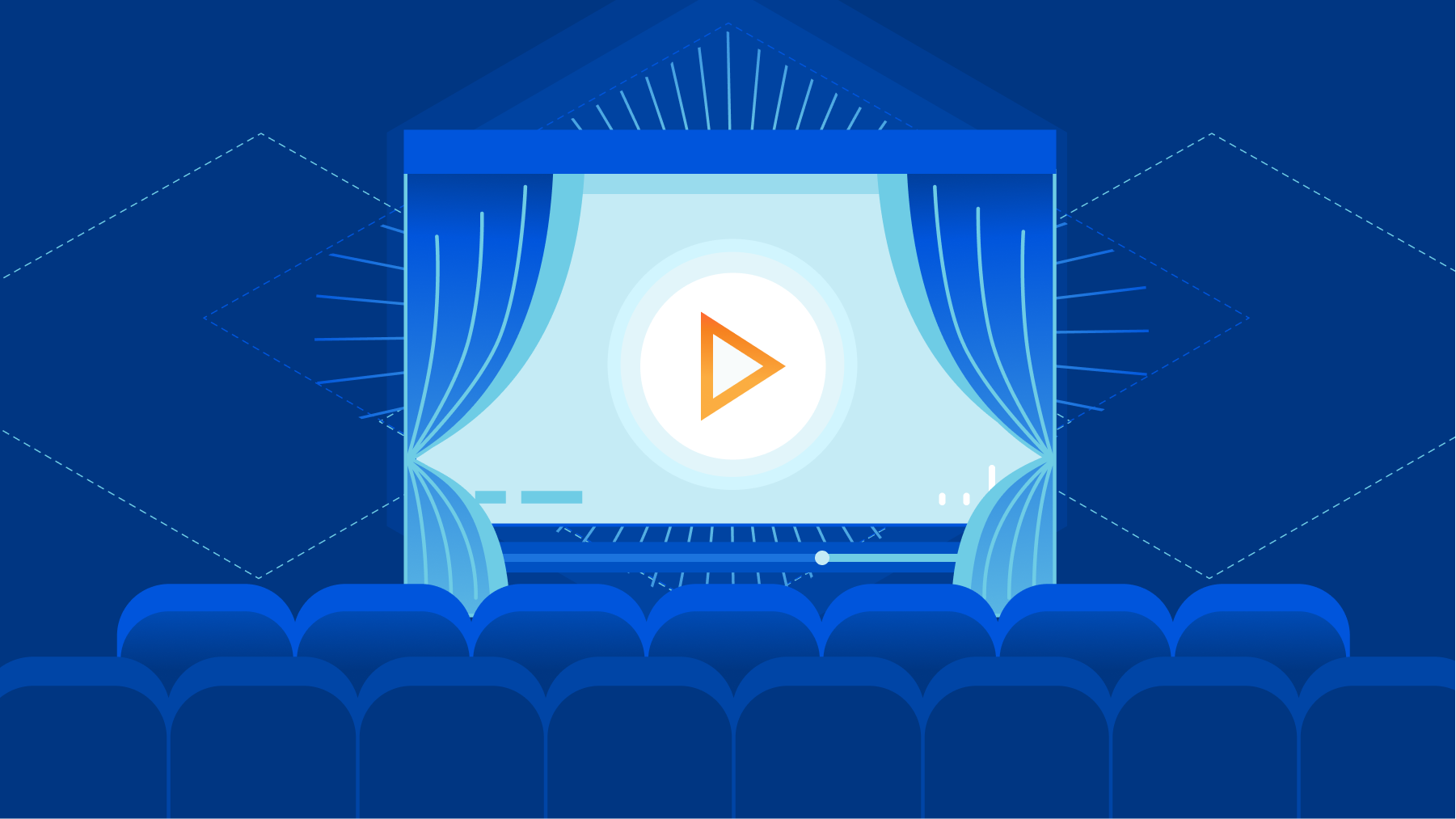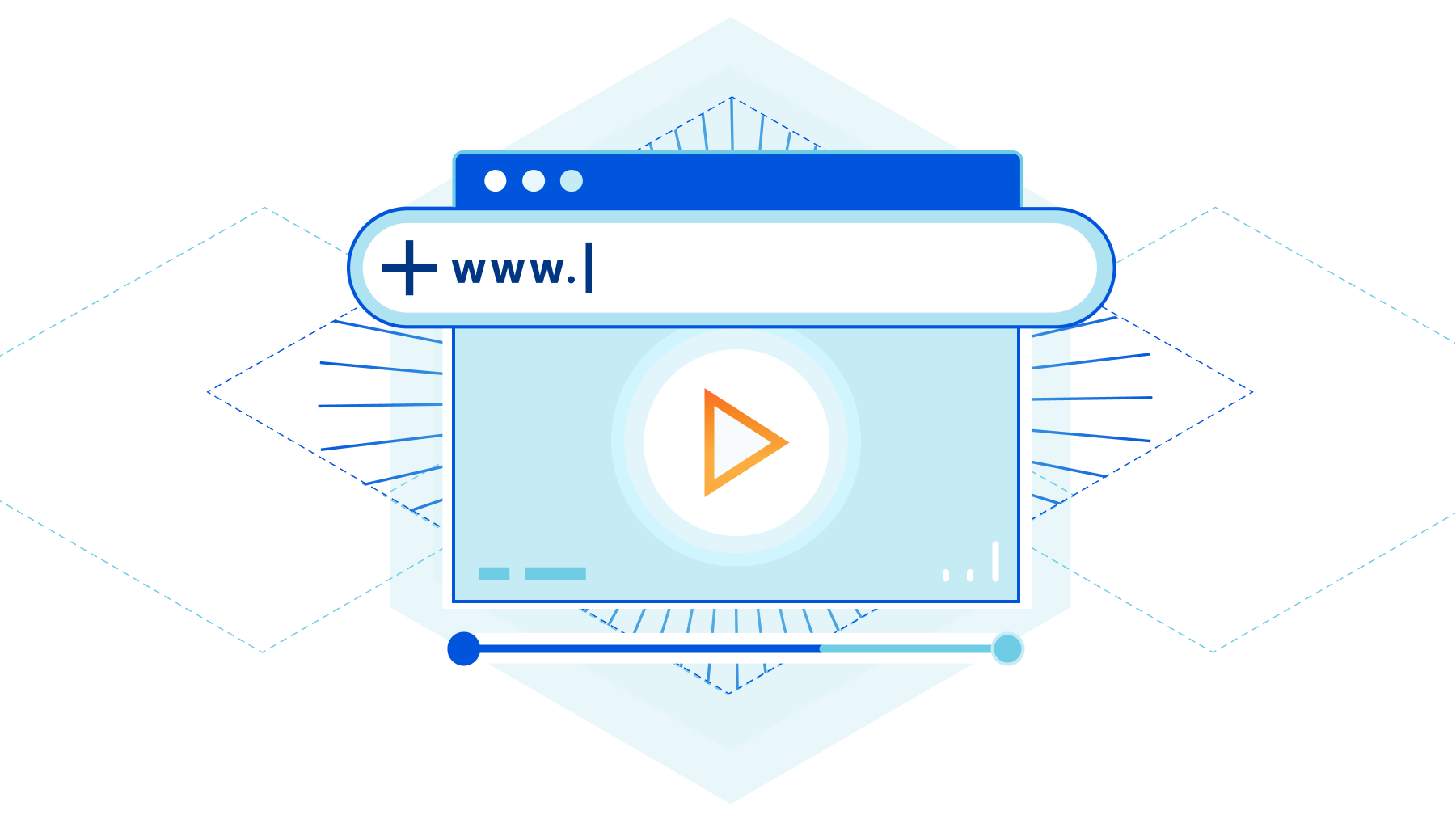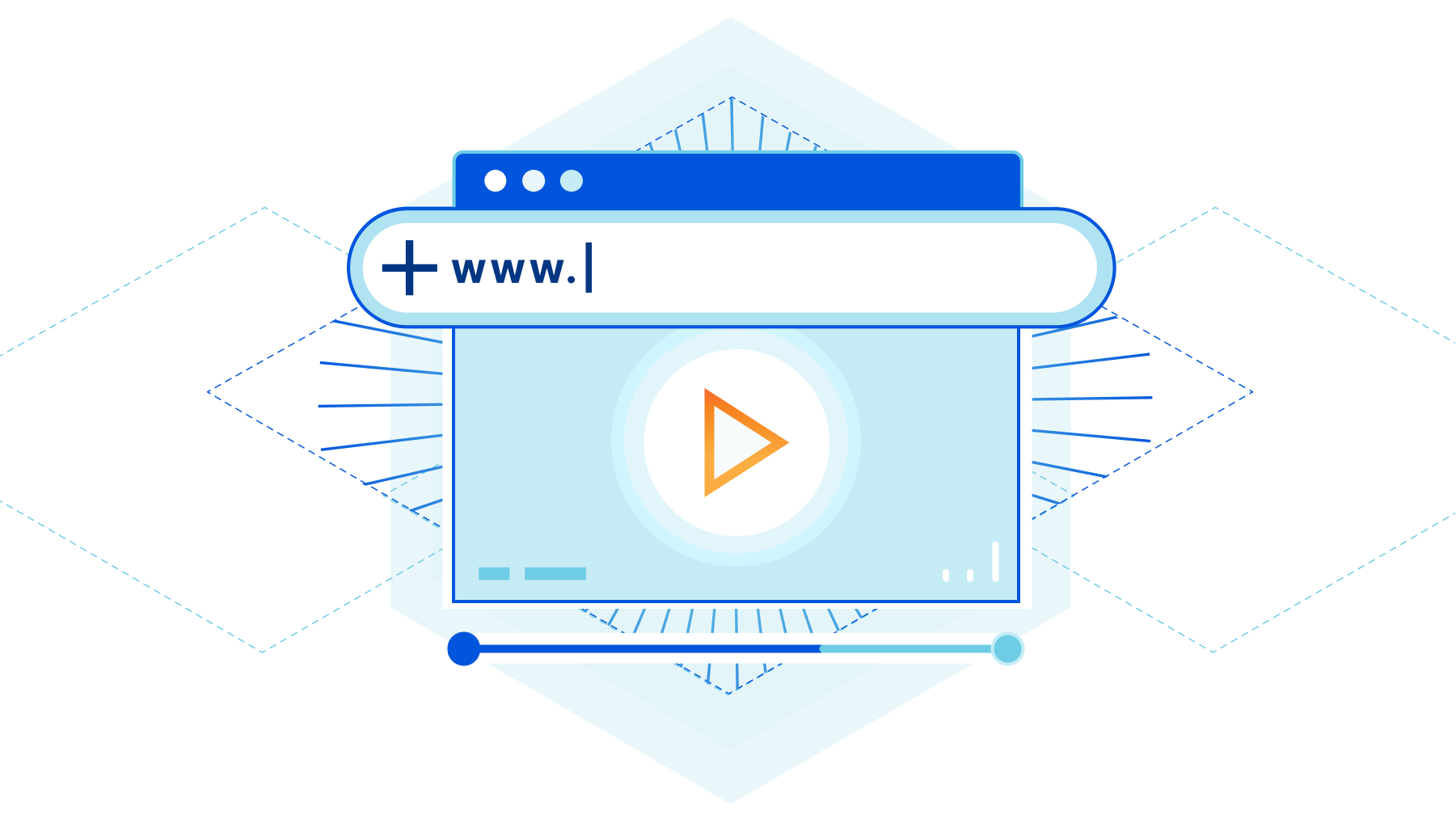AMD makes steady gains on Intel in server chip market
AMD continues to increase its share of both the overall x86 chip market and the server x86 market in particular, despite a large-scale general downturn in shipments, according to a report released this week by Mercury Research.The majority of the fall-off in x86 shipments was felt in the desktop market, the report said, but the server market was also down on a quarterly volume basis — despite reaching record highs in revenue.Dean McCarron, president of Mercury Research, said that the decline was due to a combination of factors."There's a pretty heavy uplift in Q4 on consumer systems due to holiday buying, and it drops off in Q1," he said. "Typically, the worst drop of the year happens in Q1, so not only did that happen, but there's also some excess inventory that got built up and negatively impacted sales."To read this article in full, please click here
 Understanding a dual nature can be hard
Understanding a dual nature can be hard

